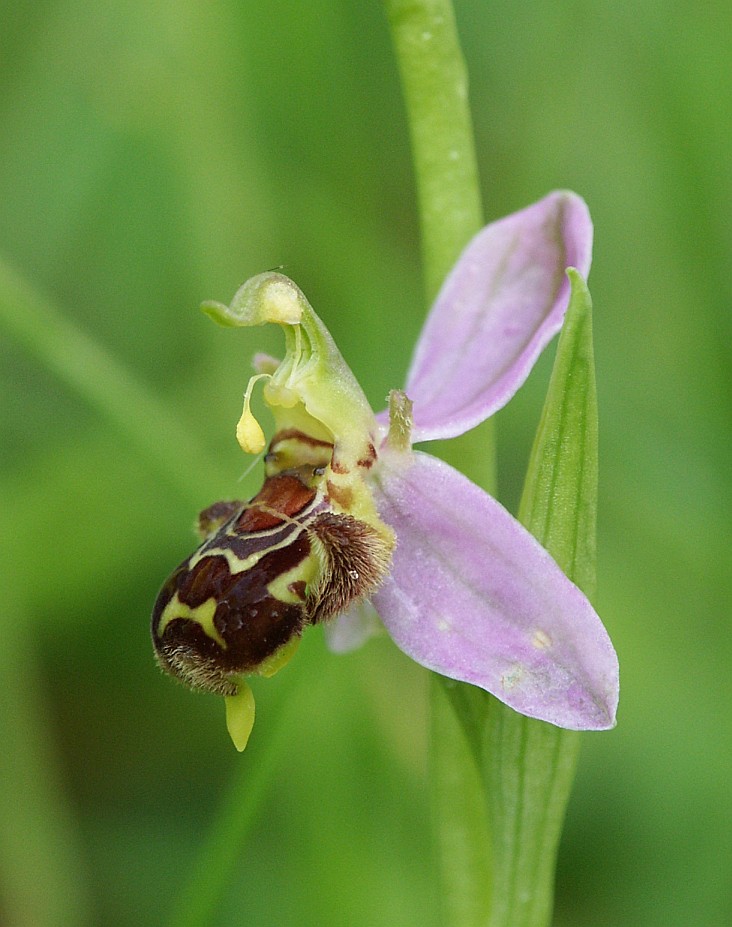
Mark Meekan
@MarkMeekan
Adjunct Senior Research Fellow at the University of Western Australia working on ecology of fishes and tropical marine ecosystems
ID:2642356213
14-07-2014 02:47:07
2,2K Tweets
2,8K Followers
1,6K Following

New #WhiteShark #openaccess paper alert! We used #biologging tags to record the movements of sharks in California, finding habitat was key to shaping their swimming patterns and routine... 1/3
murdoch.edu.au/news/articles/…
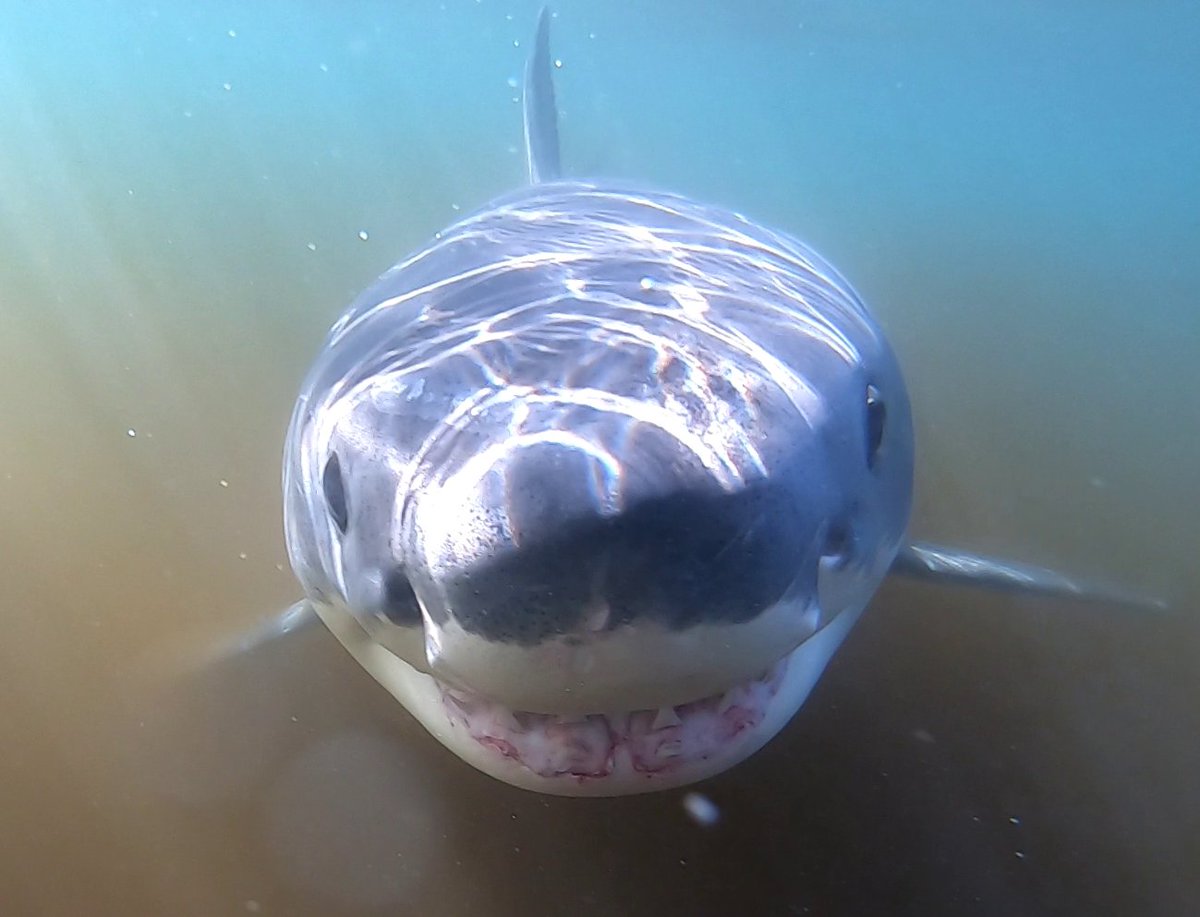

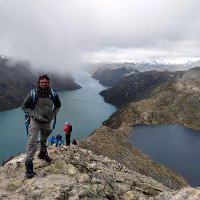
How do #stingrays produce blue, nature's rarest color?
Our paper tinyurl.com/stingblue in Adv Optical Mat shows the mechanism: a combo of melanin + a unique #structuralcolor cell, with a #coreshell #photonicglass structure
@MasonDeanlab M Blumer
Ashlie McIvor Shahrouz Amini

The world’s spectacular animal migrations are dwindling. Fishing, fences and development are fast-tracking extinctions theconversation.com/the-worlds-spe… via The Conversation - Australia + New Zealand


FIVE post-doc positions available in beautiful Sydney, to join a new interdisciplinary marine research group, led by the excellent Joshua Cinner Get your applications in!

🚨My first PHD chapter titled “Links between the three-dimensional movements of whale sharks (Rhincodon typus) and the bio- physical environment off a coral reef” is out TODAY 🚨
Read it #OpenAccess !
🔗link here: doi.org/10.1186/s40462…
🧵(1/n)
📸: Brooke Pyke

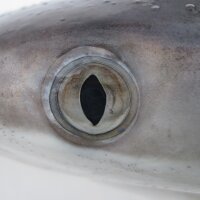


Published in Frontiers - Marine Science & led by Luciana Ferreira, scientists analysed 484 satellite tracks from turtles, whales + sharks.
“Exposure of marine megafauna to cumulative anthropogenic threats in north-west Australia”
🔗 doi.org/10.3389/fevo.2…
Biodiversity and Conservation Science Santos




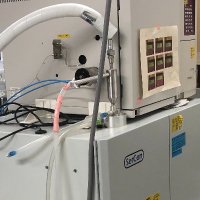
Swalethorp, R., Landry, M.R., Semmens, B.X. et al. Anchovy boom and bust linked to trophic shifts in larval diet. #stableisotopes Nat Commun 14, 7412 (2023). doi.org/10.1038/s41467…


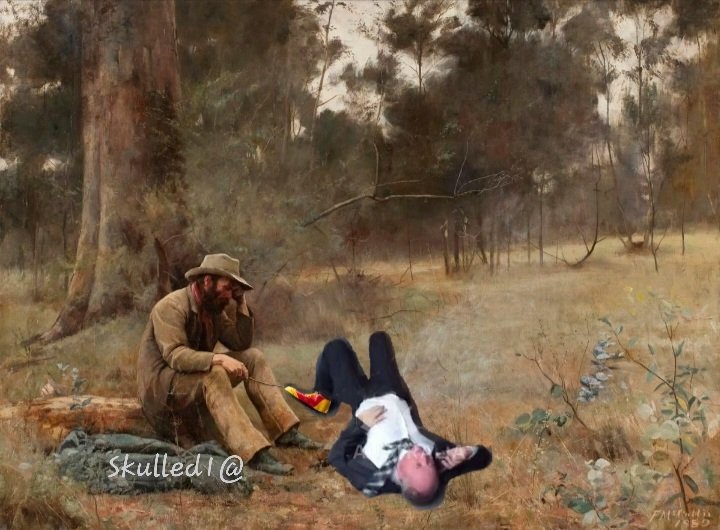
![Andrew Revkin 🌎 ✍🏼 🪕 ☮️ (@Revkin) on Twitter photo 2024-01-20 02:51:13 Forget elections, wars! 'This spring, for the first time since 1803, two cicada groups known as Brood XIX, or the Great Southern Brood, and Brood XIII, or the Northern Illinois Brood [~ a trillion cicadas], are set to appear at the same time, in what is known as a dual Forget elections, wars! 'This spring, for the first time since 1803, two cicada groups known as Brood XIX, or the Great Southern Brood, and Brood XIII, or the Northern Illinois Brood [~ a trillion cicadas], are set to appear at the same time, in what is known as a dual](https://pbs.twimg.com/media/GEQOEQNXYAE7UZ9.jpg)
